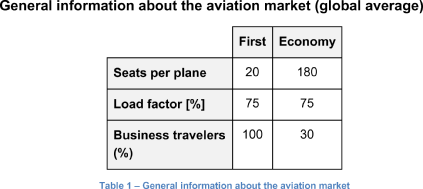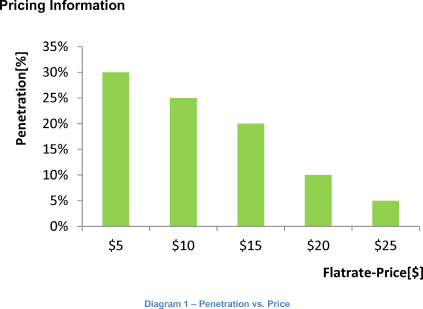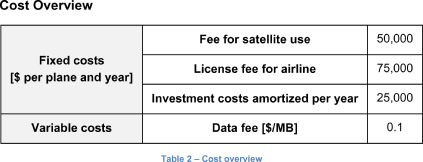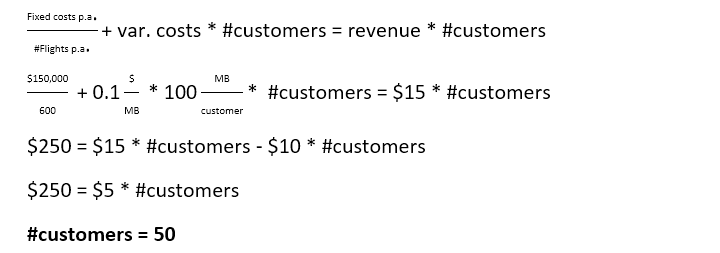In-flight Broadband
22.9k
Times solved
Intermediate
Difficulty
Our client is a startup that can deliver broadband internet aboard commercial flights.The company owns a patent on a necessary technology. They want to know whether their current business model is valid.
Case Comments
1. How big is the market for inflight broadband in long-distance?
2. How many customers does the startup need to break-even?
3. What are the main risks involved?
4. What would you advise the startup?
Video Solution
22.9k
Times solved
Intermediate
Difficulty
Do you have questions on this case? Ask our community!








